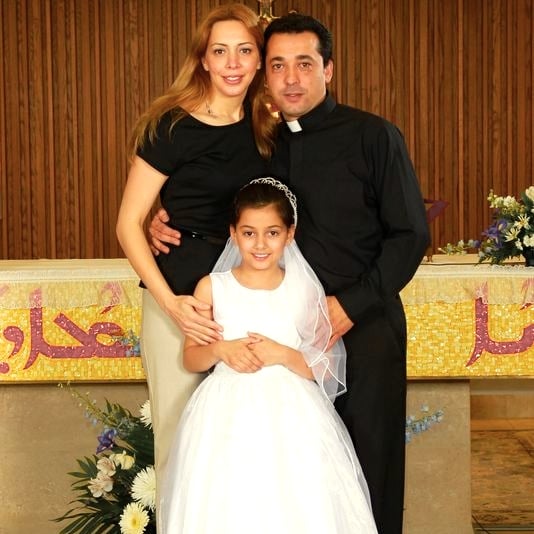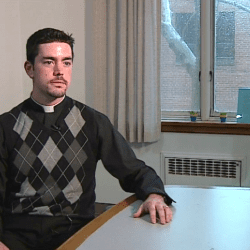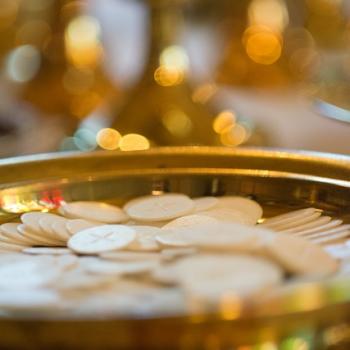From USA TODAY (and note the quote from FOB Deacon Bill Ditewig!):
In a move that could open the doors for more wedded priests in some Catholic churches across the USA, a married Maronite deacon will be ordained Thursday as a priest in St. Louis.
Deacon Wissam Akiki, who serves St. Raymond’s Maronite Cathedral, will be the first married Maronite Catholic in the United States to become a priest, said Bishop Elias Zaidan of the Maronite Eparchy of Our Lady of Lebanon of Los Angeles, which has its headquarters in Missouri.
In the Middle East, it is normal (for a priest) to be married,” Zaidan said Tuesday. “Here, this is the first.”
The Maronite church is one of several Eastern Rite churches — including Armenian, Chaldean and some Byzantine Catholics — that recognize the authority of the pope in Rome. Many Maronite Christians in the U.S. trace their lineage to present-day Lebanon and Syria.
Although Roman Catholic priests are not allowed to marry, Catholic priests who married before they were approved for ordination are allowed to remain married. An example: Catholic priests who were converts from the Anglican communion and other Protestant denominations.
“The Vatican was open to it on a case-by-case basis,” said Zaidan, and Pope Francis approved Akiki’s ordination, which was in the pipeline for about a year.
William Ditewig, executive professor of theology at Santa Clara University in California, said Pope John Paul II opened the door for this possibility decades ago in his encyclical calling for the traditions of the Eastern churches to be respected.
“I’m reluctant to project too much too fast” for the Roman Catholic church and the future of married priests, said Ditewig, who also works for the Roman Catholic Diocese of Monterey. “I think this is interesting and significant, but I don’t necessarily think it is earth shattering.”
UPDATE: There’s a good write-up about this in the St. Louis Review, too, noting:
Eastern Catholic Churches have held an ancient tradition of allowing married men to become priests, although since the 1920s the practice generally has not been permitted in the United States, according to a press release from St. Raymond’s Cathedral.
St. Raymond’s statement also noted that having a married priesthood should in no way “detract from the value that the Church finds in the vocation to celibacy. The celibate priesthood continues to be highly esteemed. We need to always keep in mind that it is a vocation to be married and a vocation to be a priest.”
In the Latin rite of the Roman Catholic Church (including the United States) celibate priesthood has been the normal practice, explained Msgr. Michael Witt, professor of Church history at Kenrick-Glennon Seminary. The Council of Trent, he said, realized that celibacy within the priesthood was a Church discipline.
“In other words, the Church says that she wants her priests to be celibate so that we priests then stand in for Christ at the altar and also beyond the altar,” said Msgr. Witt. “There is a marriage bond between the clergy and the Church just as there is a marriage covenant between the Church and Christ. And we as priests are supposed to image that.”
Eastern Churches traditionally have dealt with the issue of married priests in a different way. “During the Council of Trullo, the council fathers there acknowledged the legitimacy of a married clergy, but it is highly restricted,” said Msgr. Witt. “A (married) priest is not allowed to be a bishop — in fact most bishops (in the Eastern Church) are monks and they must be celibate. And if you’re ordained a priest and you’re not married, then you’re expected to remain celibate the rest of your life.”
“The important thing to remember about celibacy in Roman Church is that it is a covenantal relationship between the individual priest and the Church itself. The priest is standing in for Christ — the ‘alter Christus’ — and he stands in for Christ, not only when he is performing the sacraments, but in a much broader sense than that. We are really married to the Church in a unique kind of way.”












